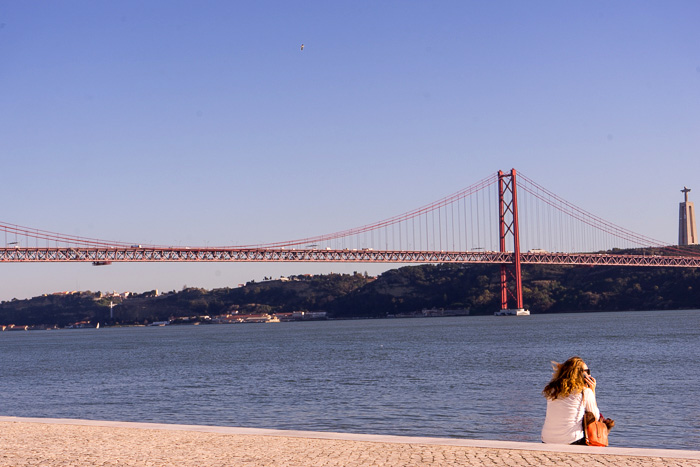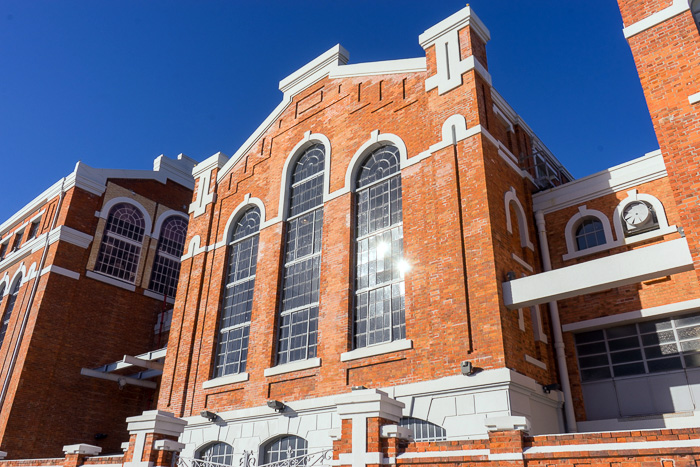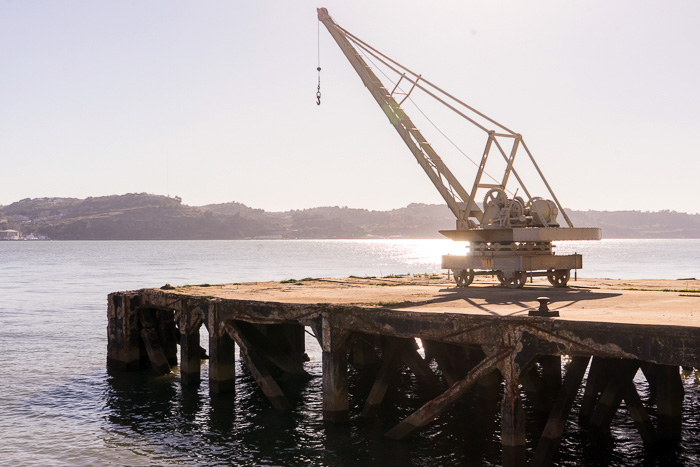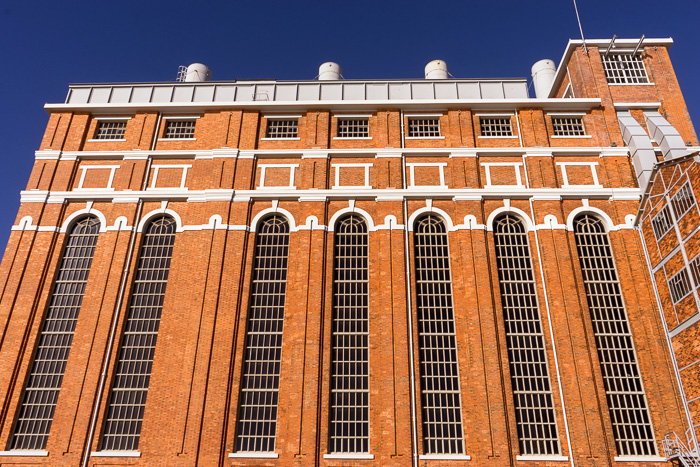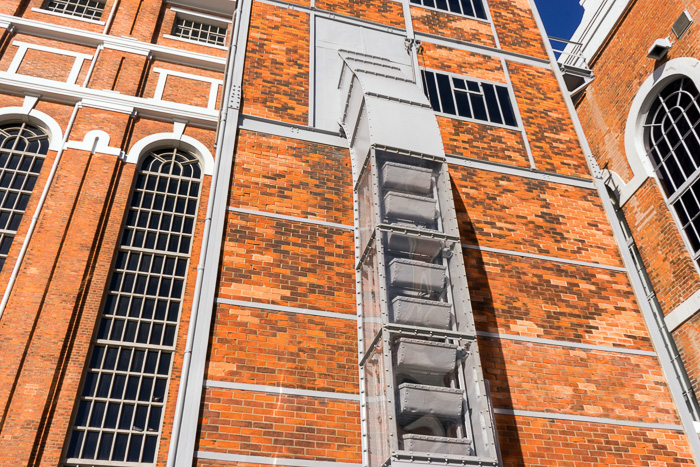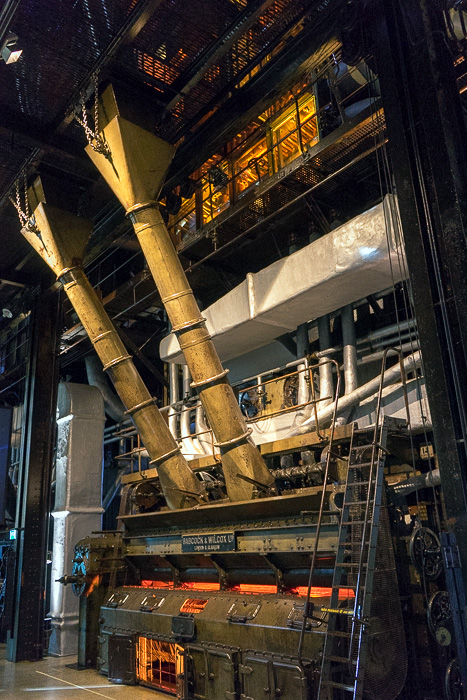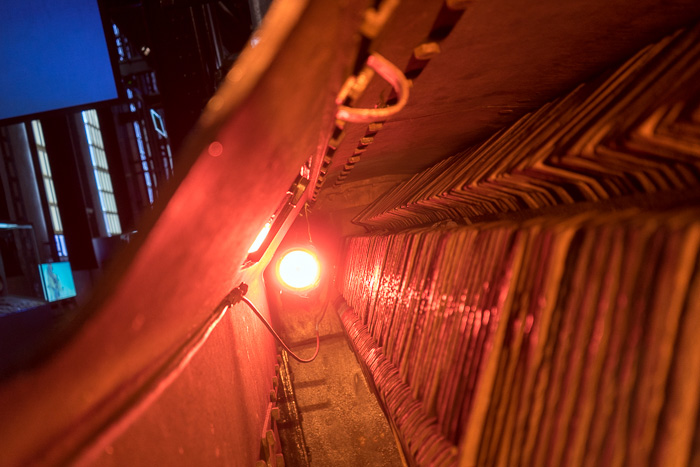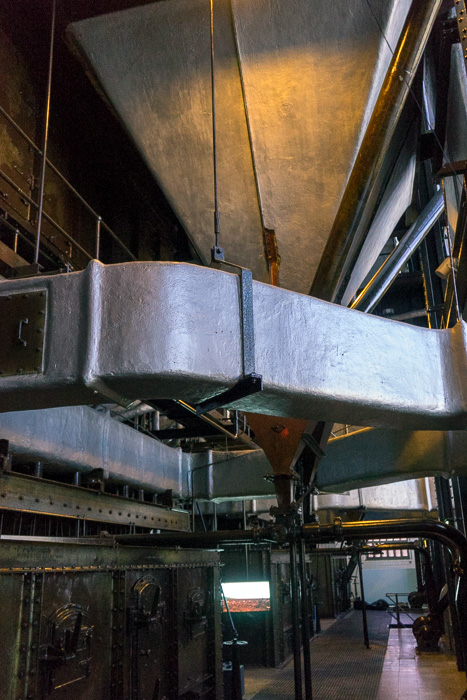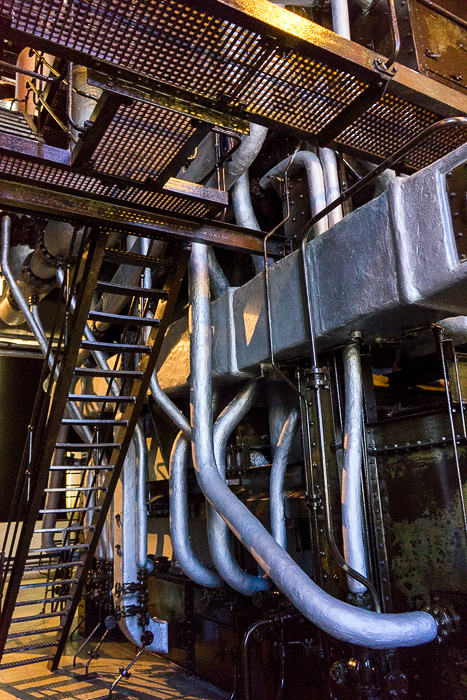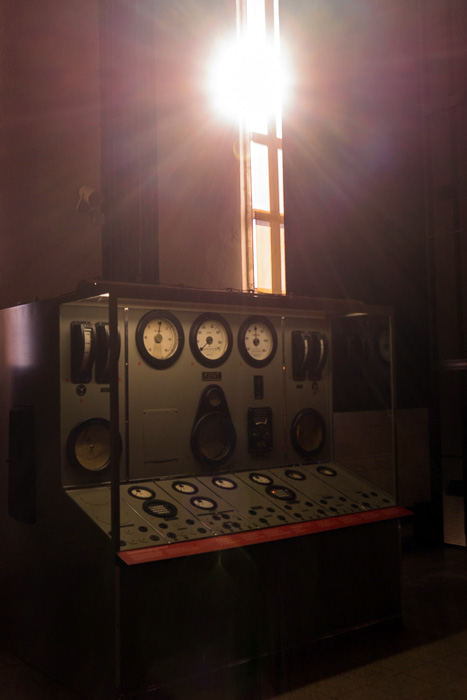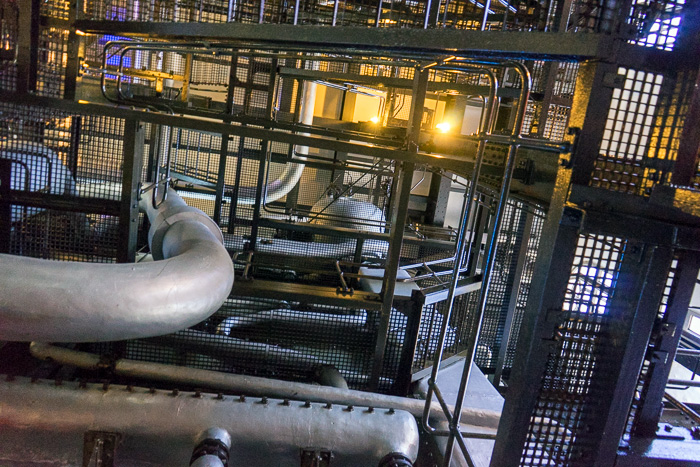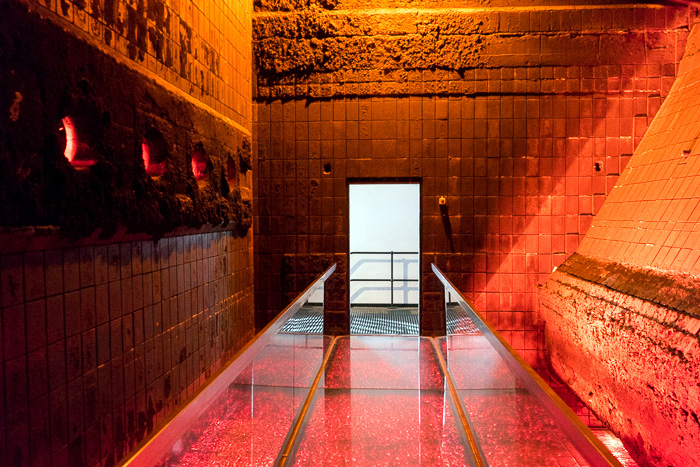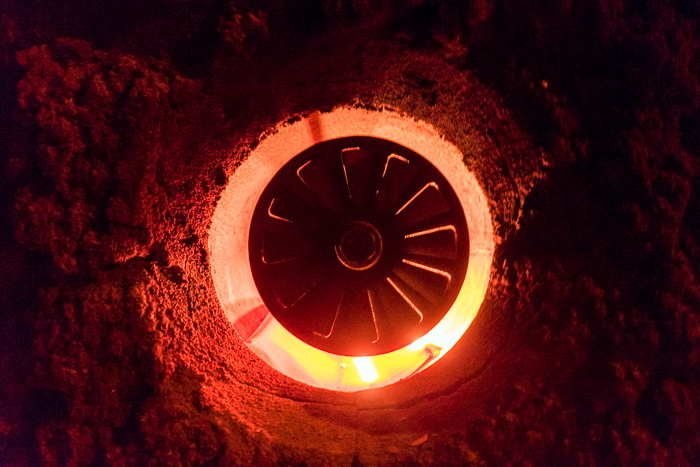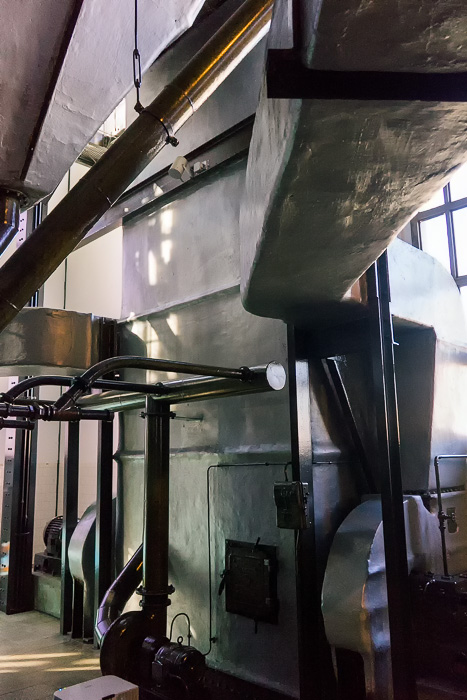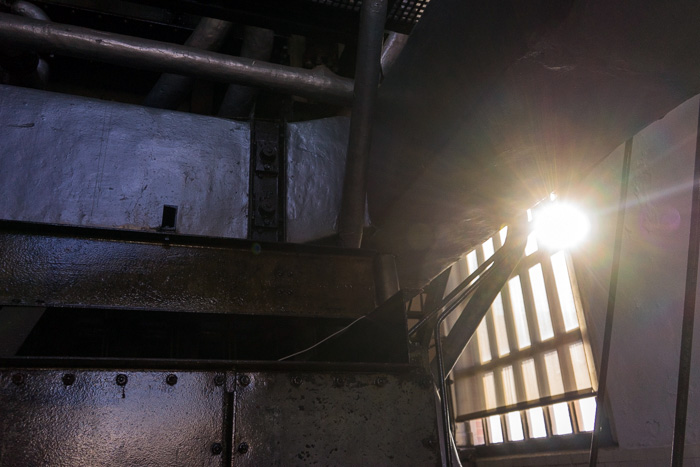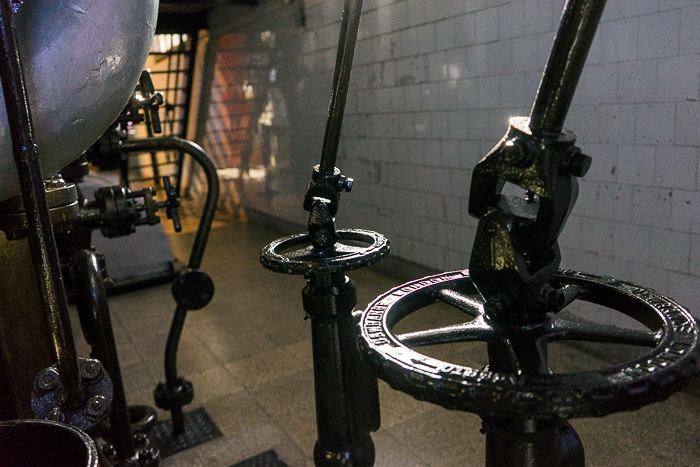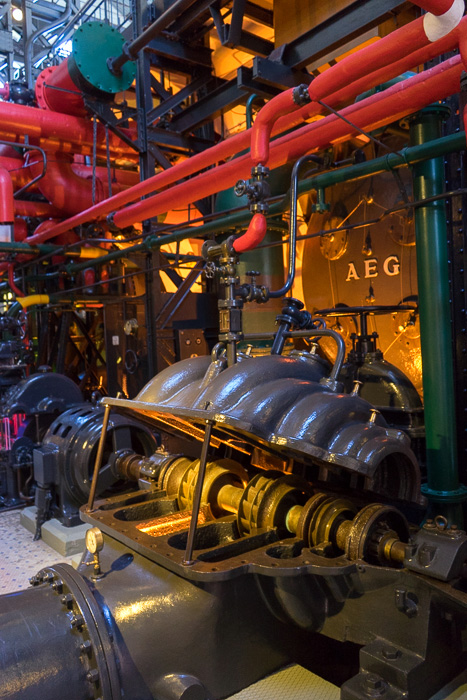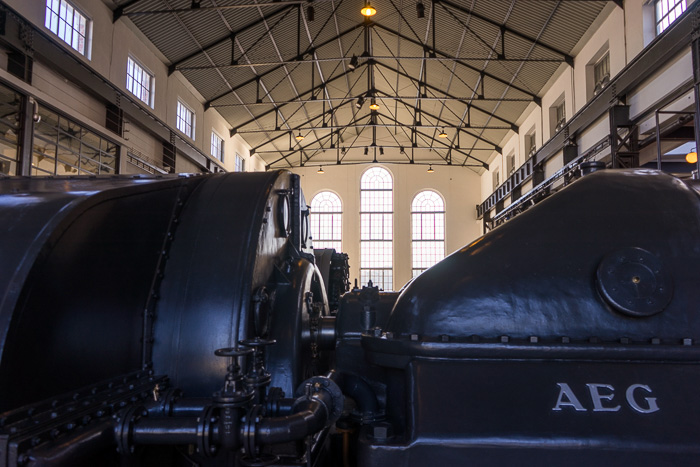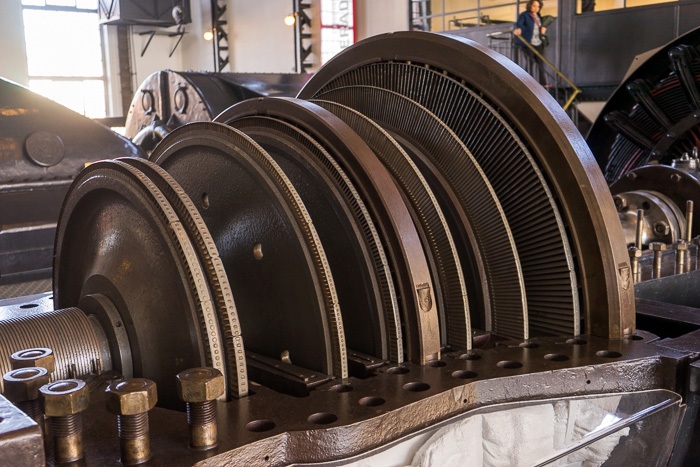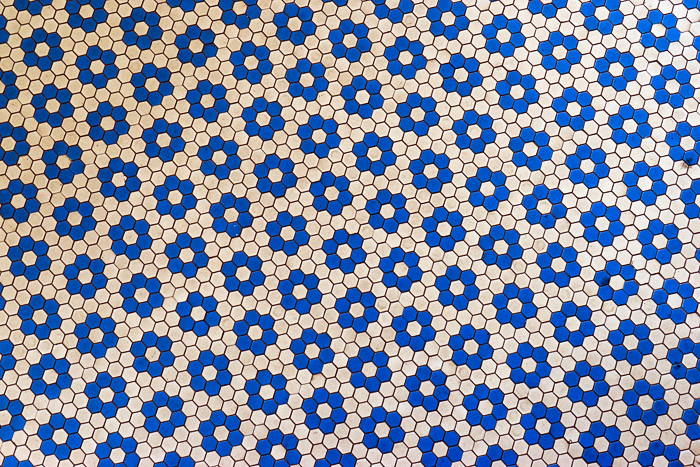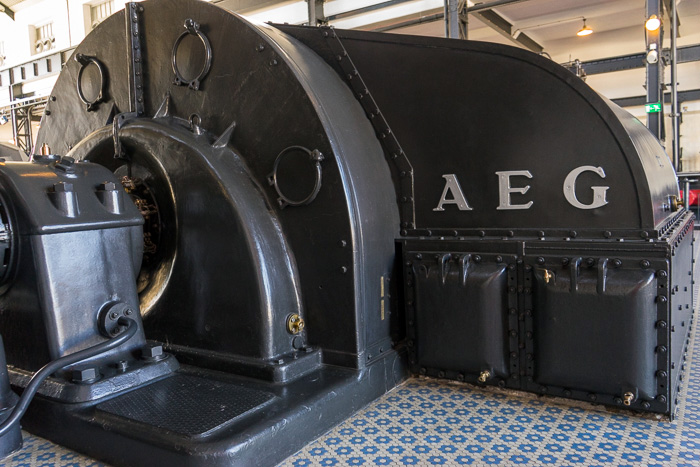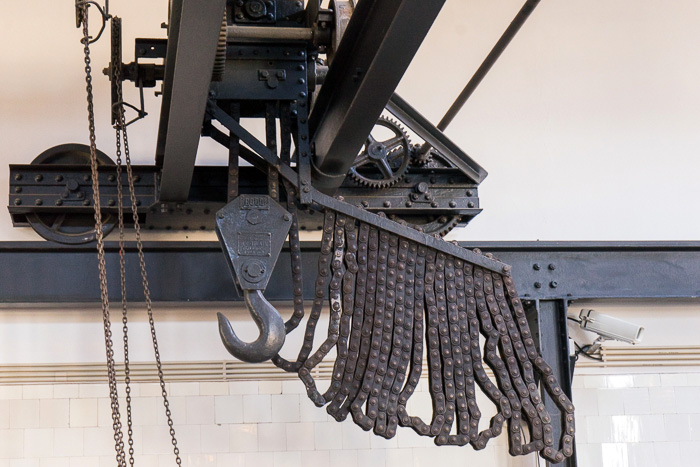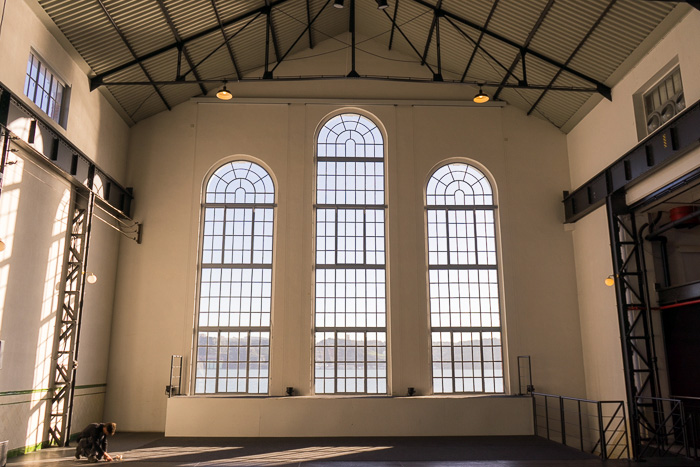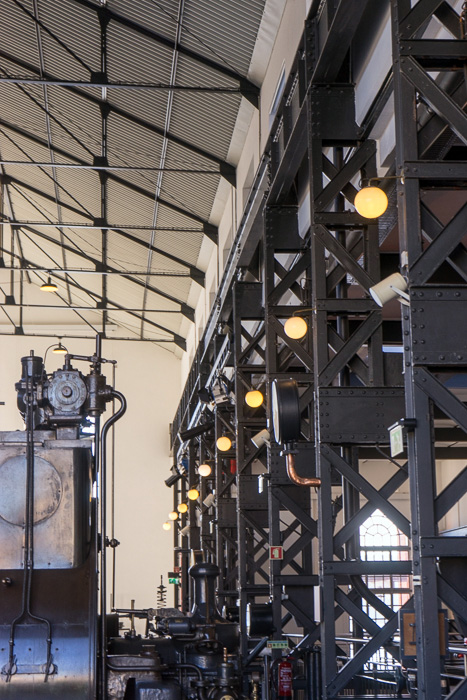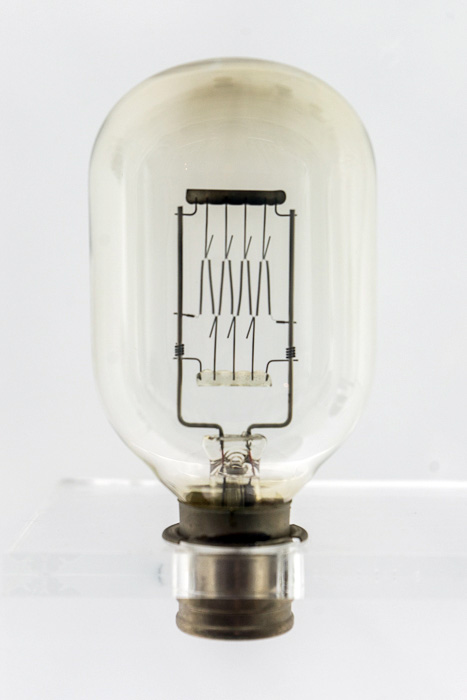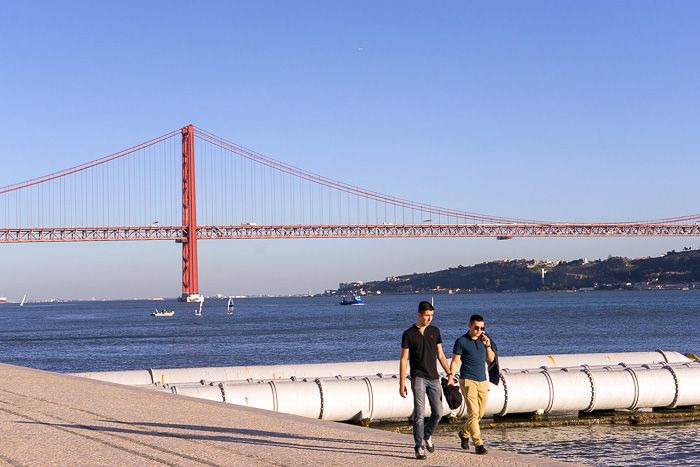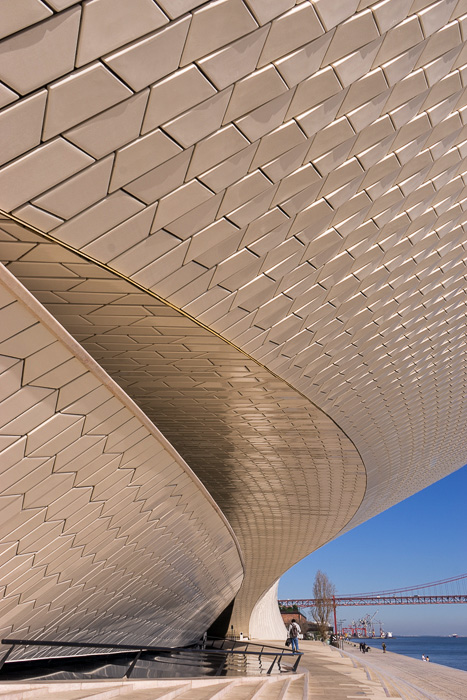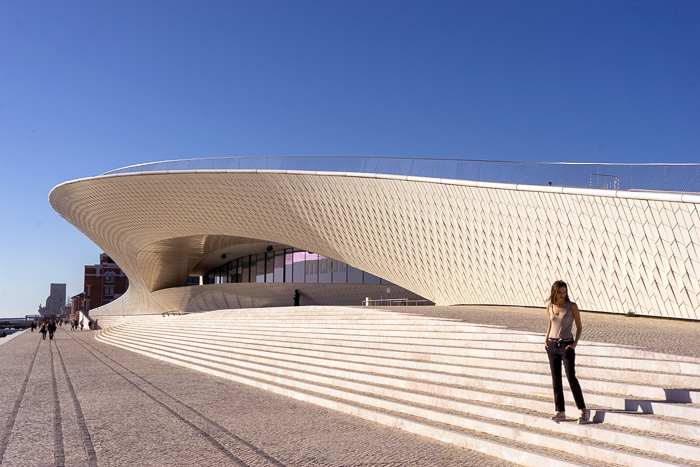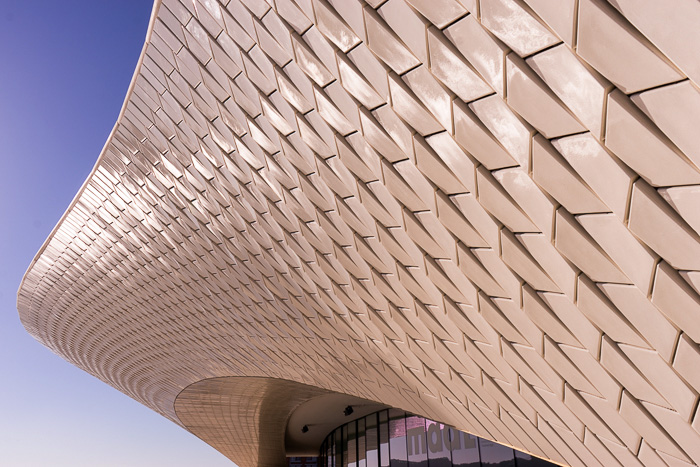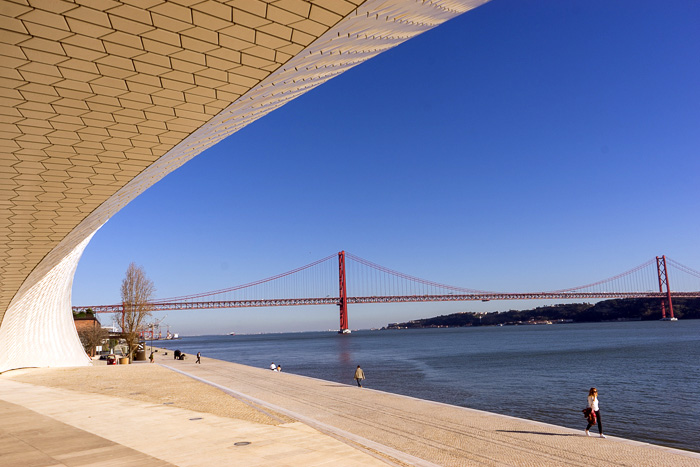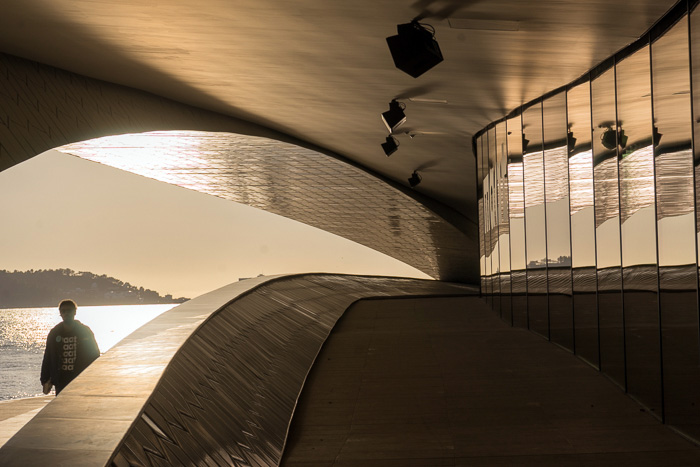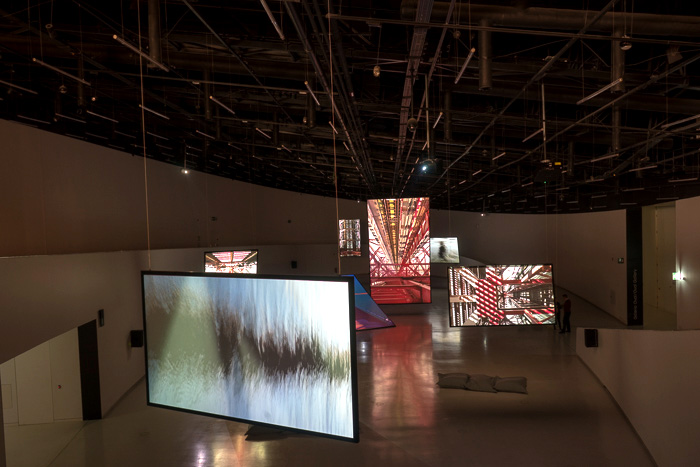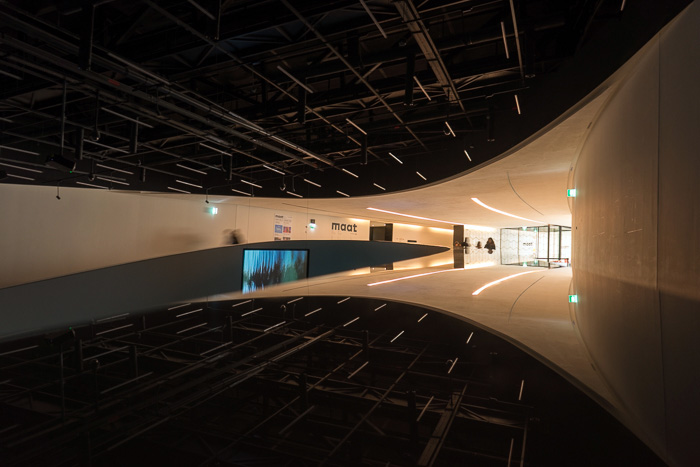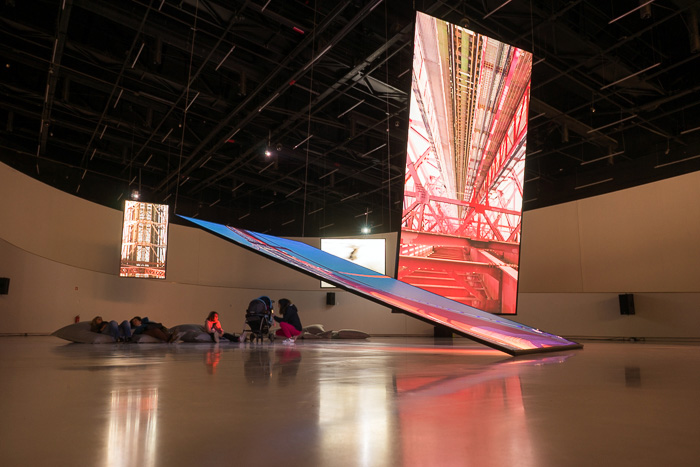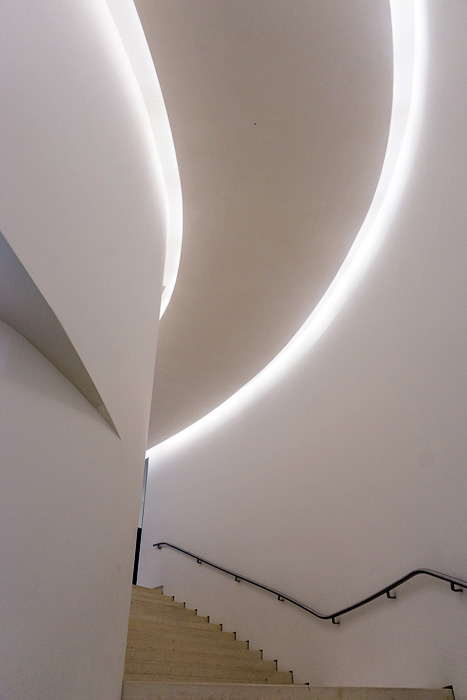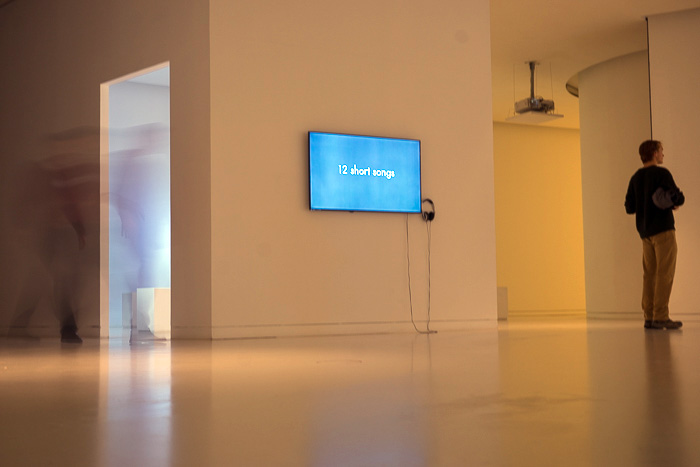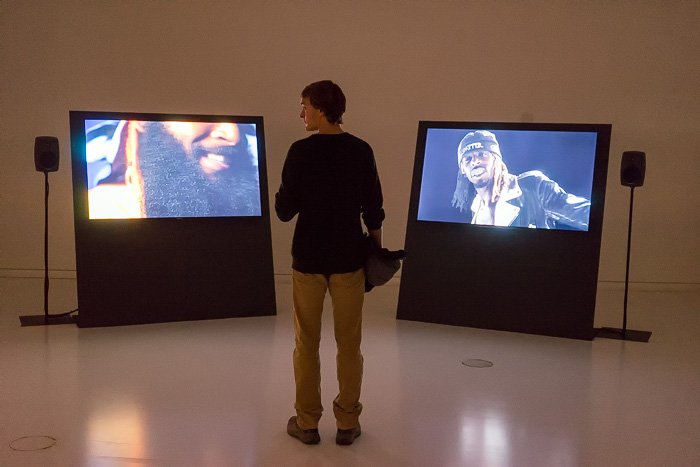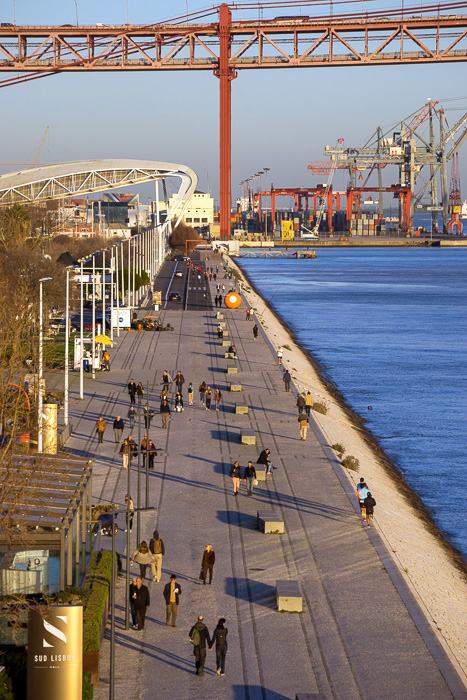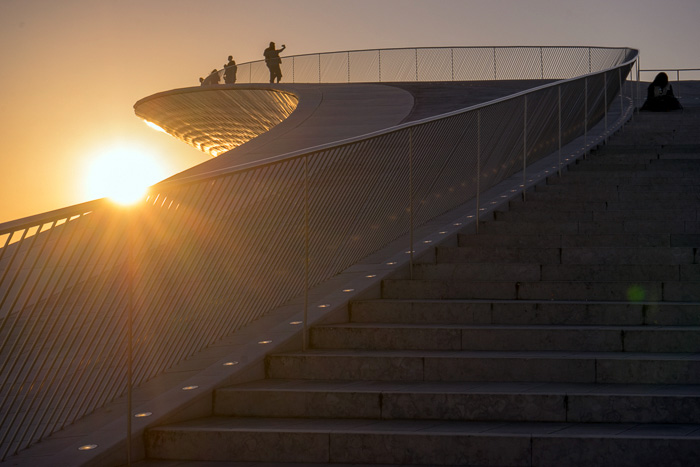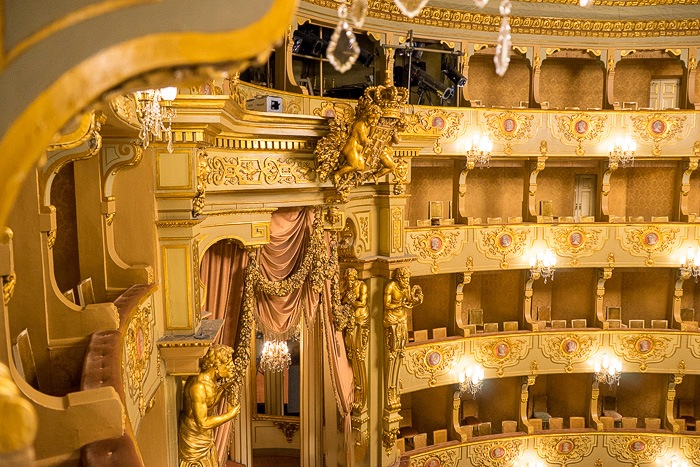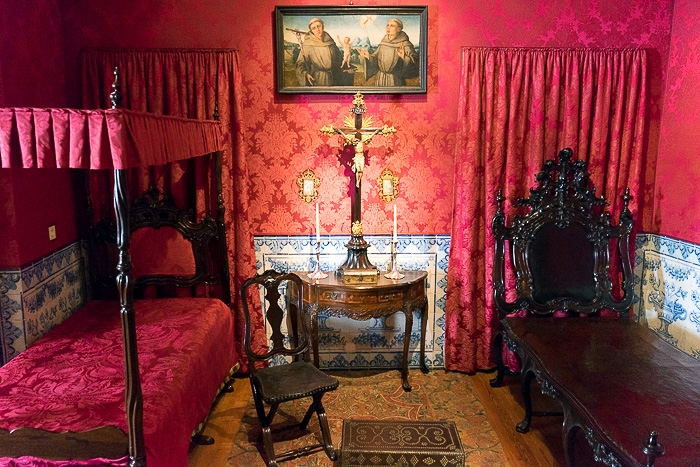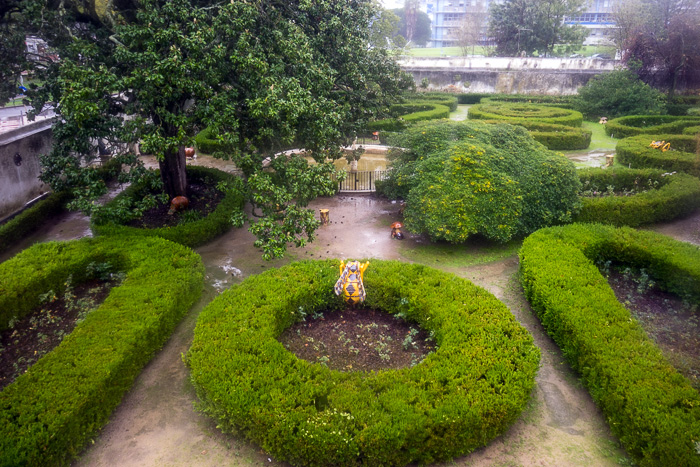The Museum of Art, Architecture and Technology – MAAT
Ever since Lisbon’s Museu de Arte, Arquitetura e Tecnologia (or MAAT) opened its doors in 2016, the museum’s two adjacent buildings have been locked in an eternal struggle for ultimate coolness. In this corner, a former electricity plant, with much of its equipment still intact. And its opponent, a sleek, wave-shaped building of gleaming white panels. I’m not sure which is going to win!
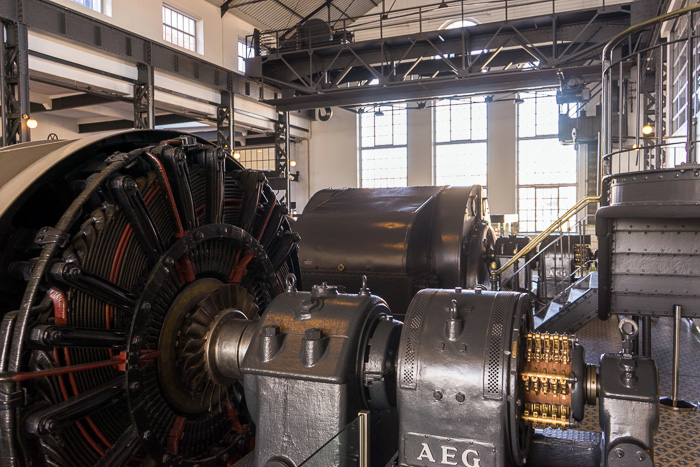
We’ll start with the electricity plant. The former Tejo Power Station once provided electricity to the entire region of Lisbon, but ceased operation in 1972. It was left mostly untouched, and in 1990, opened its doors to the public as the Electricity Museum. It became a part of the MAAT in 2016.
If you like old industrial sites, you’re going to love the Power Station. The massive pieces of machinery have been painstakingly refurbished, and everything looks brand new. The tour takes you through the production of electricity, from the boiler room, to the ash room, to the coolers and the generators. There was plenty of information, which I’m sure was interesting, but I was too busy gawking at the machines to read up. (Besides, I know how electricity works: you flip on the switch.) In addition to the industrial section, the power plant has a large space for contemporary art.
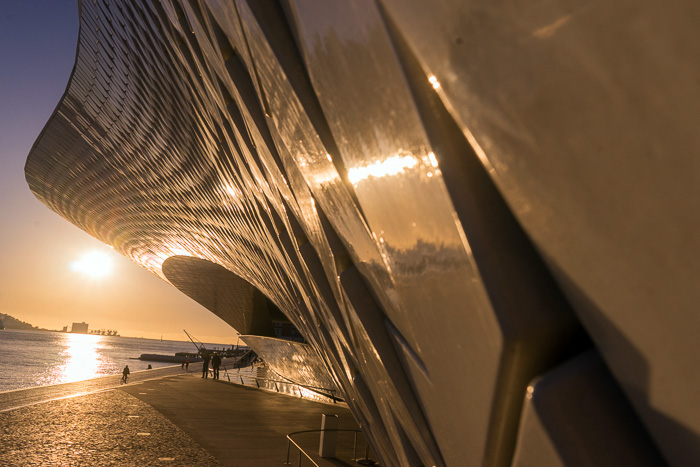
There’s more contemporary art to be seen in the MAAT’s other building, the imaginitively-named Novo Edifício (New Building). This new structure lays along the waterfront, and was designed with a total exterior height of just twelve meters, so that Belém’s historic buildings would still be visible from the sea. Inside, the museum is much bigger. The cavernous central hall is stunning; the exhibitions are always changing, but we loved the one which happened to be there during our visit. A series of screens and speakers installed at odd angles throughout the room created the illusion of standing beneath the Pont 25 de Abril.
The rest of the collection is hit-and-miss, as this kind of art tends to be. We sped past much of it, such as a video installation a brick wall, but were lured in by quite a few of the pieces. Overall, it was one of the better collections of contemporary art we’ve seen, because we only hated about 34% of the work.
Both buildings are large, and it might be enough for most visitors to visit either the Power Station or the Novo Edifício. Tickets can be purchased separately. But both are rewarding, and I’m still not sure which we liked better. The Power Station seemed to have the upper hand, until we were leaving and became transfixed by the gorgeous exterior of the Novo Edifício, which you can climb atop for excellent views of the river and the bridge. In the waning afternoon sun, exhausted but content after having visited two excellent museums, it was a beautiful sight.

